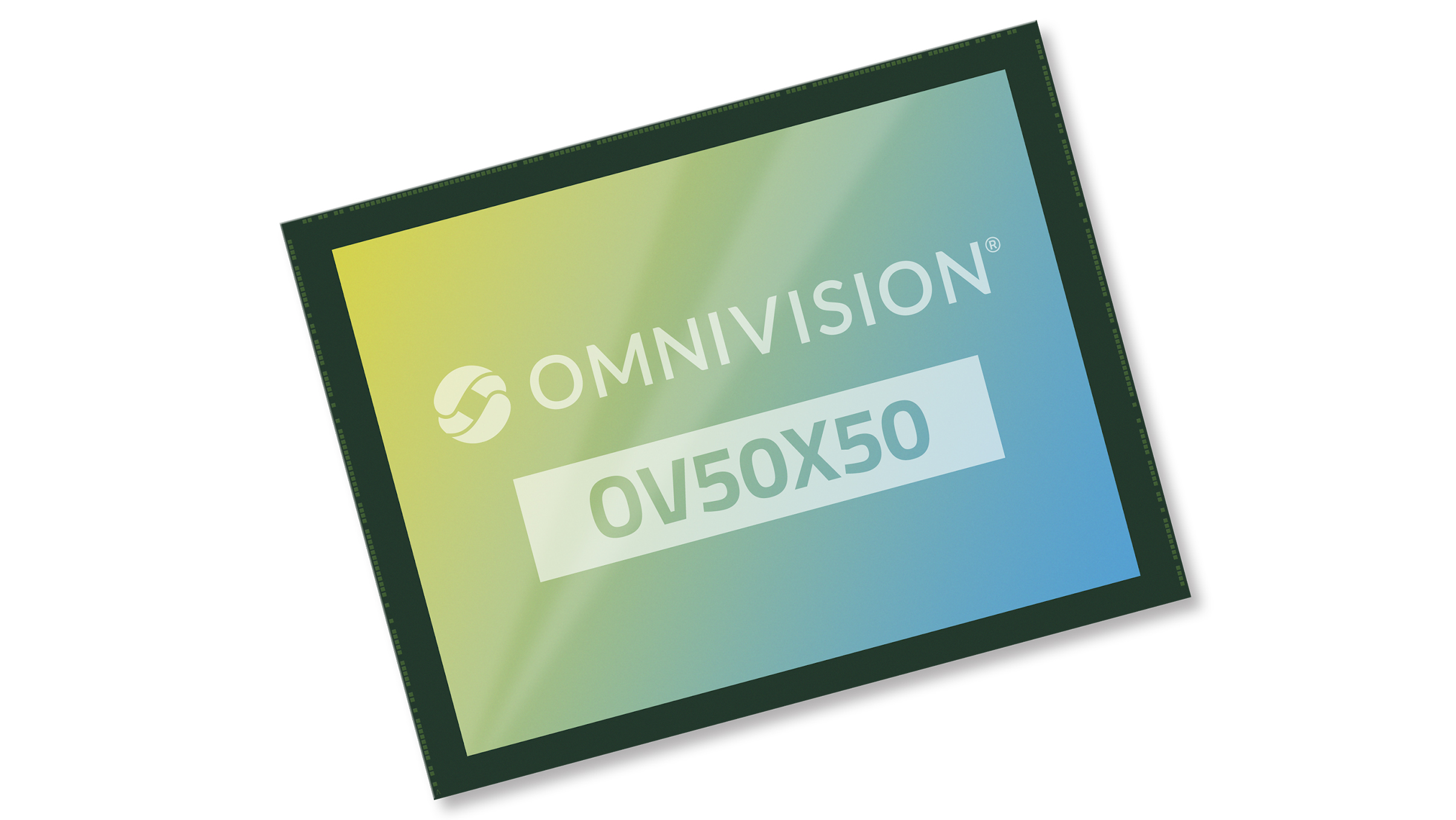Best camera for macro photography in 2025
The best camera for macro photography will help you to tiny insects, detailed plants and so much more
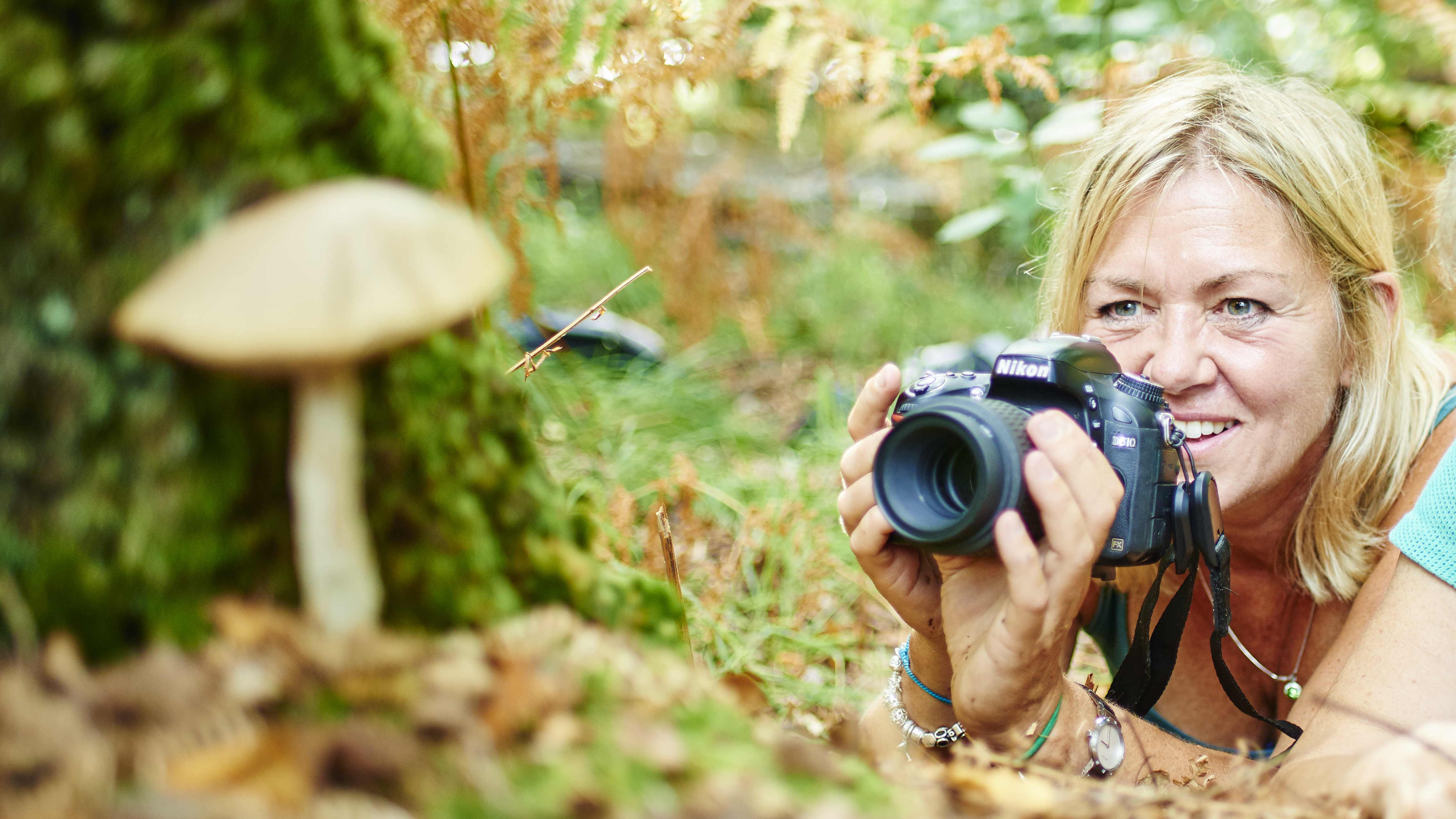
The best cameras for macro photography allow you to fill your frames with the tiniest of subjects. Macro shooting is all about getting as close as you can in your imagery, revealing the smallest details that are normally invisible to the human eye. Insects and plants tend to be popular macro subjects, but just about anything can make for a great macro image – as long as you can get close to it.
This list consists of the best macro cameras we have tested and reviewed. Getting the right macro lenses is arguably the more important aspect of building a macro setup, so we've made sure to include cameras that give you plenty of options in this regard, though we've also included a compact and even a smartphone to give you plenty of choices.
Our list includes cameras for users at different skill levels, as well as for different budgets, so there should be an ideal camera for you! If you're new to macro, you can also scroll to the bottom of this page, where we've put together some advice on how to choose your macro camera.

Jon spent years at IPC Media writing features, news, reviews and other photography content for publications such as Amateur Photographer and What Digital Camera in both print and digital form. With his additional experience for outlets like Photomonitor, this makes Jon one of our go-to specialists when it comes to all aspects of photography.
The quick list
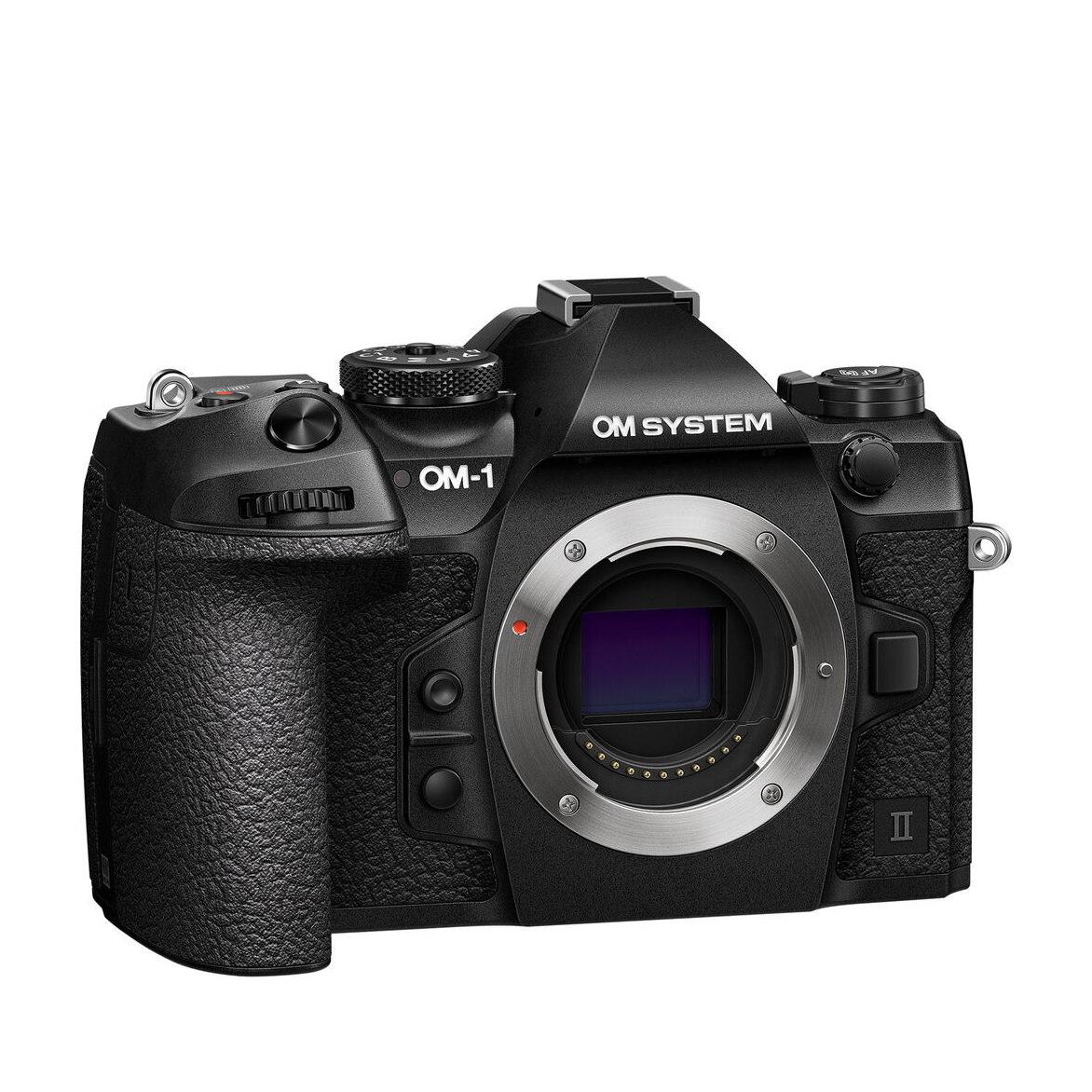
Kitted out with dedicated focus-stacking modes, the OM-1 Mark II is an exceptional Micro Four Thirds camera for macro – and it has the lenses to match.
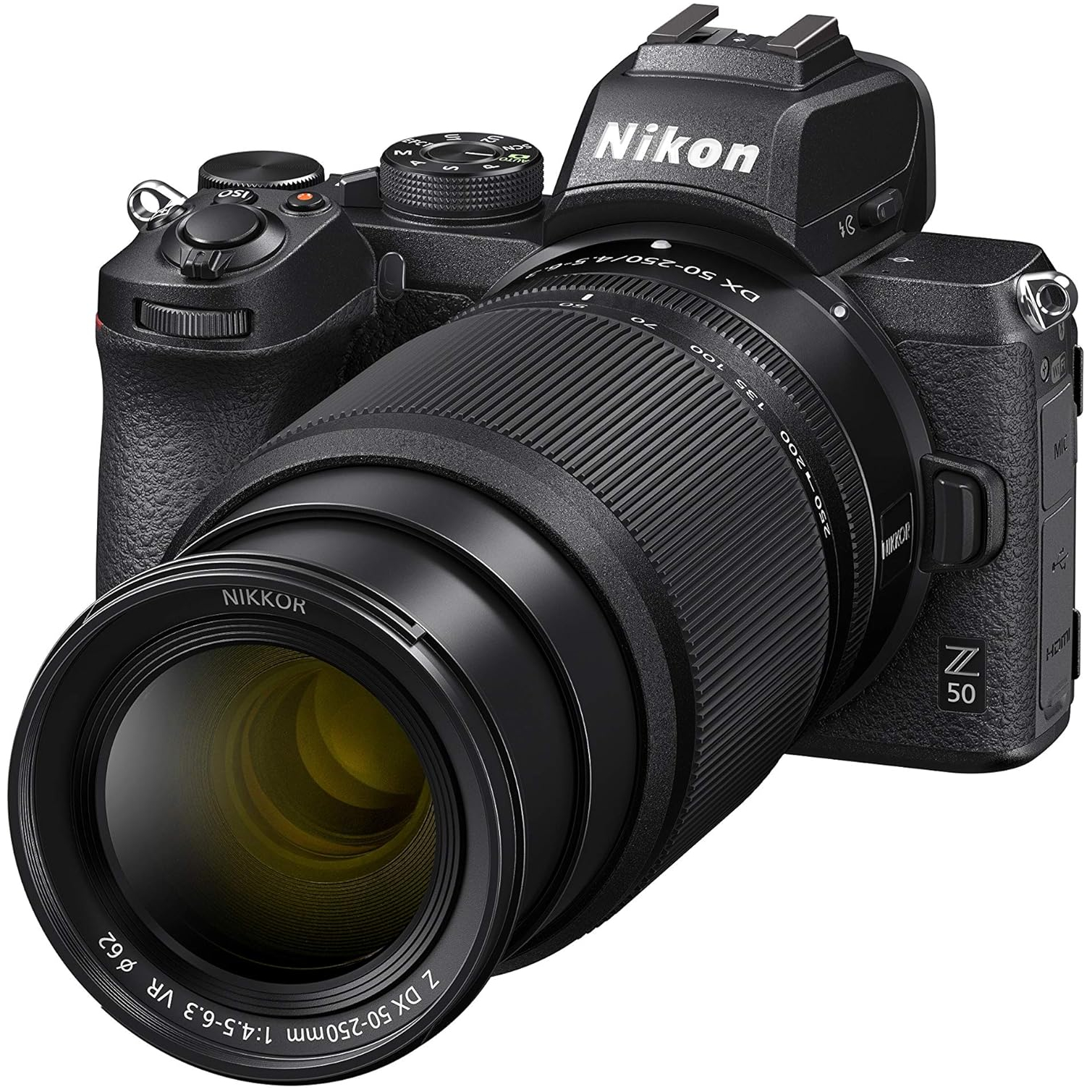
The Nikon Z5 is an entry-level full-frame camera that gives you access to the Z-mount lens range, which includes some absolutely cracking macro options.
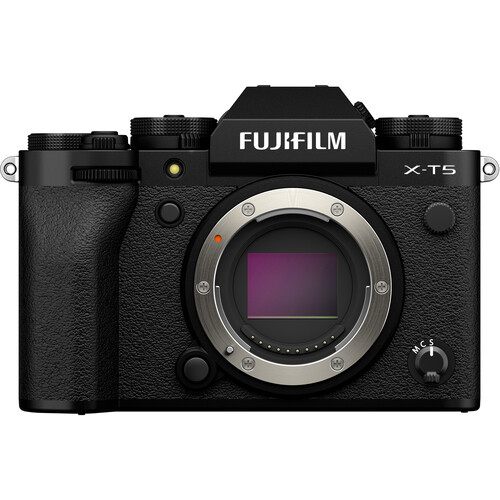
Offering a balance between the depth of field of Micro Four Thirds and the image quality of full-frame, the APS-C Fujifilm X-T5 is an excellent choice for macro.
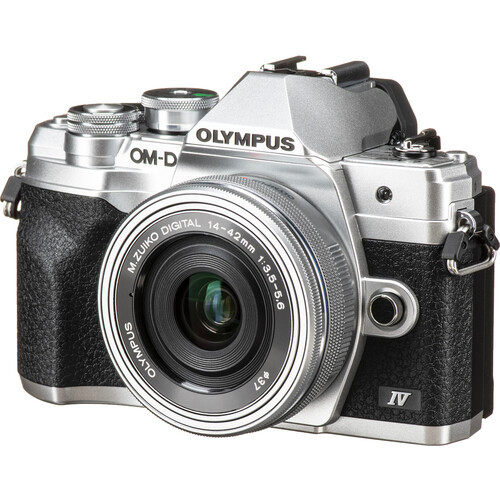
For starting out with macro, the Olympus OM-D E-M10 Mark IV is our choice. It shares a lot of the advantages of our top pick, the OM-1 Mark II, but it's incredibly light, portable and easy to use.
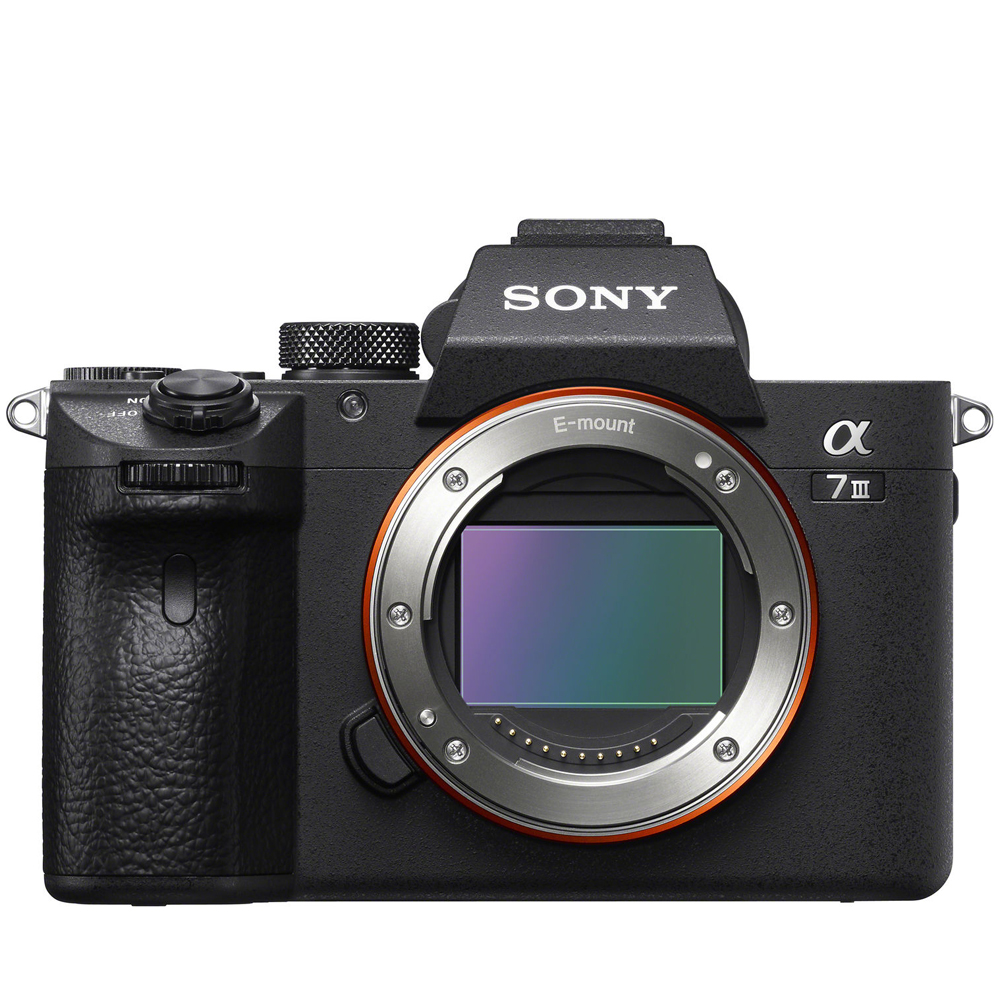
It's a generation old, but the Sony A7 III is cheaper than the A7 IV and offers more or less the same proposition for macro photographers, with a great lens range.
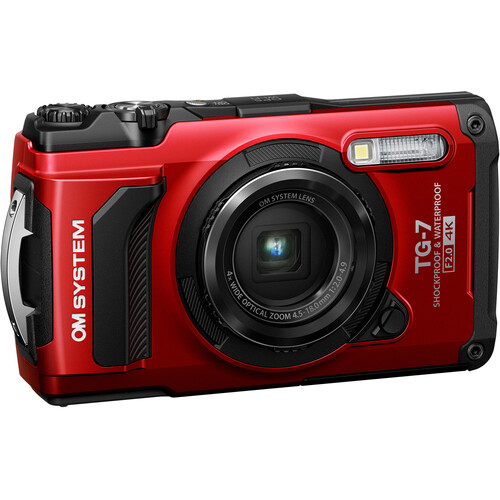
For underwater macro shooting, the OM System Tough TG-7 is unmatched, offering a short close-focusing distance and dedicated macro modes.
See the next products
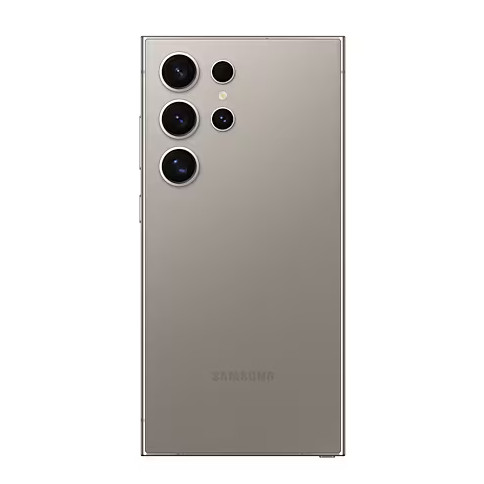
If you're looking for a phone for macro images, we'd recommend Samsung's Galaxy S24 Ultra, a high-end handset that reliably delivers stunning close-ups.
The best camera for macro photography
Why you can trust Digital Camera World
Best macro camera overall
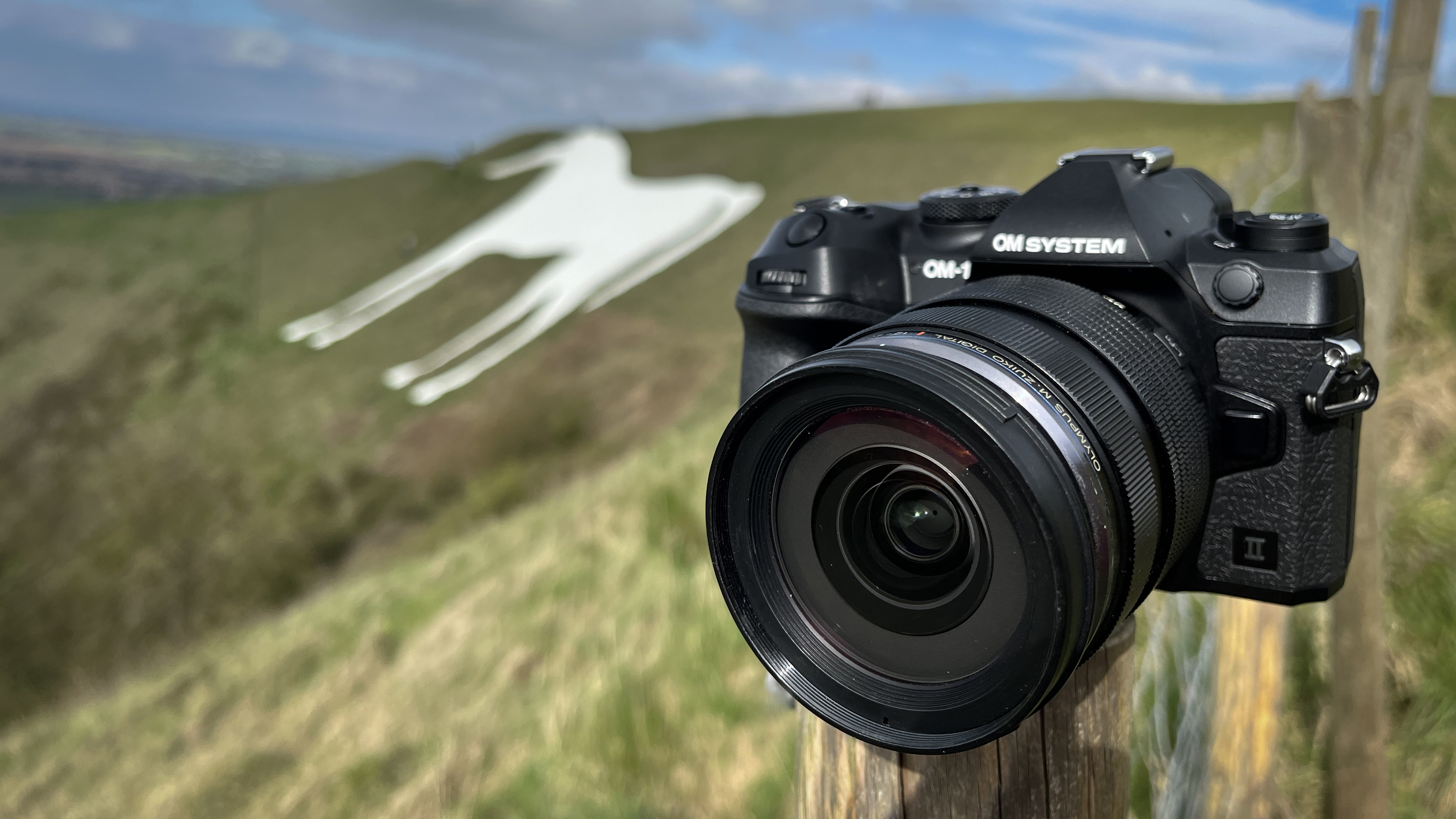
Specifications
Reasons to buy
Reasons to avoid
We've been seriously impressed with the cameras that have come out of OM System since its takeover and regeneration of the Olympus brand – and the OM-1 Mark II is the best yet. An enthusiast-level camera that's absolutely stacked with features, the OM-1 II can shoot fast, benefits from highly effective stabilisation, and produces images with dynamic range that puts larger-sensor rivals to shame.
Micro Four Thirds is an excellent choice of system for macro shooting. The smaller sensor means a larger depth of field even when the lens is used wide open – normally this is viewed as a detriment, but for macro shooting it's a bonus. A DOF that's too razor-thin can make the precision focusing of macro extremely difficult, so having this extra latitude is hugely useful.
OM System, aware of this, has leaned into it by putting in a bunch of macro-friendly computational features, such as in-camera focus stacking – which allows you to extend your depth of field by blending together several images with slightly different points of focus. There are tons of brilliant macro lenses in the MFT system too, such as the stunning OM System 90mm f/3.5 macro, giving you everything you need to get started.
Best full-frame macro camera
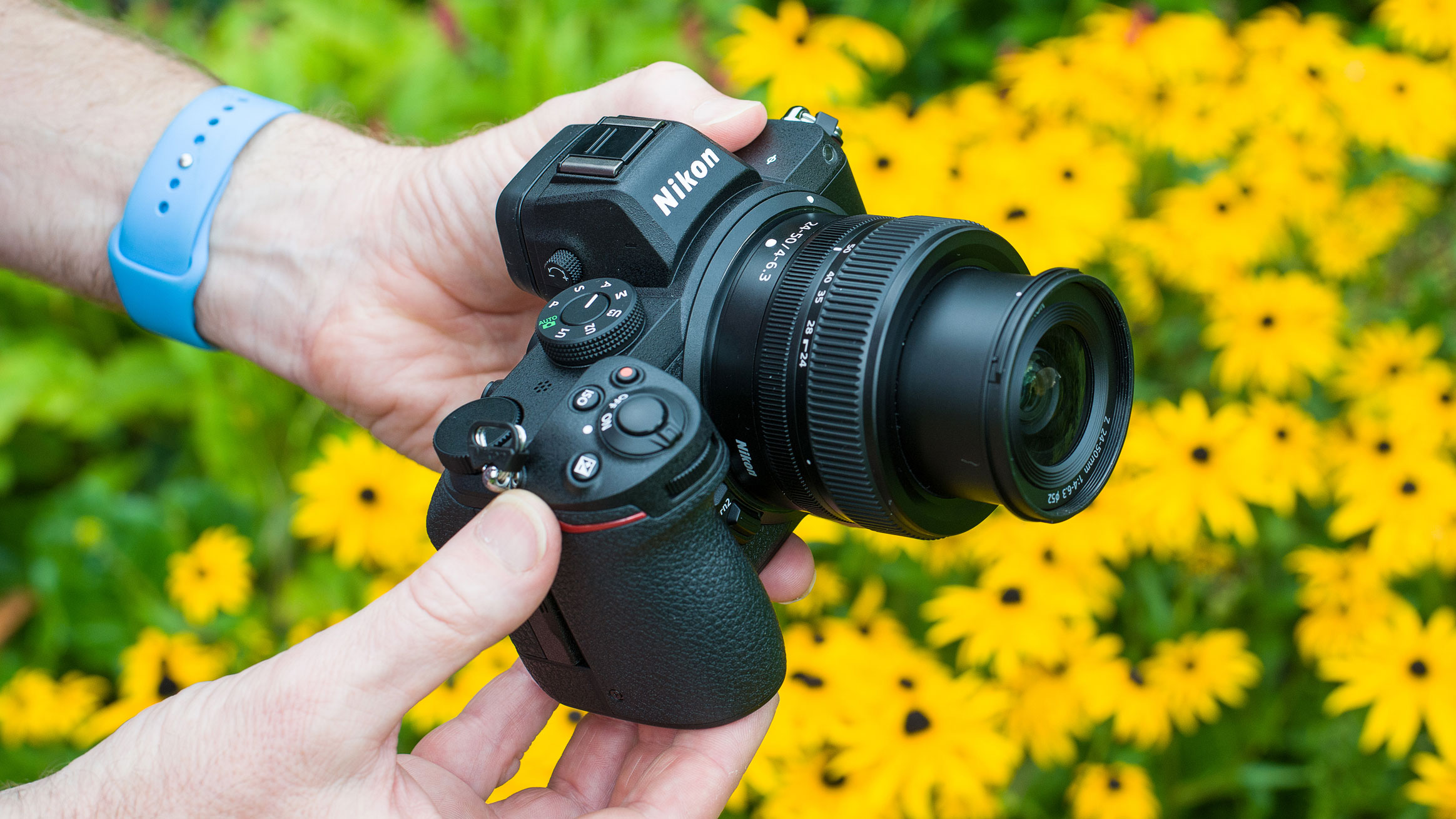
Specifications
Reasons to buy
Reasons to avoid
We’ve been hugely impressed by the development of Nikon’s mirrorless Z system, and the Nikon Z5 is an excellent entry into the series. It’s pitched as the gateway full-frame model, giving users the luxury of a full-frame sensor at a relatively affordable price – and as we’ve discussed, full-frame sensors are great for macro.
What pushes this camera to our top spot though is the fact that Nikon has been filling out its Z lens system with some truly excellent macro optics. The Nikon Z MC 105mm f/2.8 VR S is a stunning, pro-quality macro prime, with an electronically coupled focus ring that allows for the tiniest adjustments to be made with ease. For those on tighter budgets, a Nikon Z MC 50mm f/2.8 lens is also available, though we think the 105mm lens – like the Z5 itself – easily justifies its cost. With excellent dynamic range, powerful stabilization and superior high-ISO performance, the Nikon Z5 is an ideal do-everything camera that’s perfect for macro photography.
Best APS-C macro camera
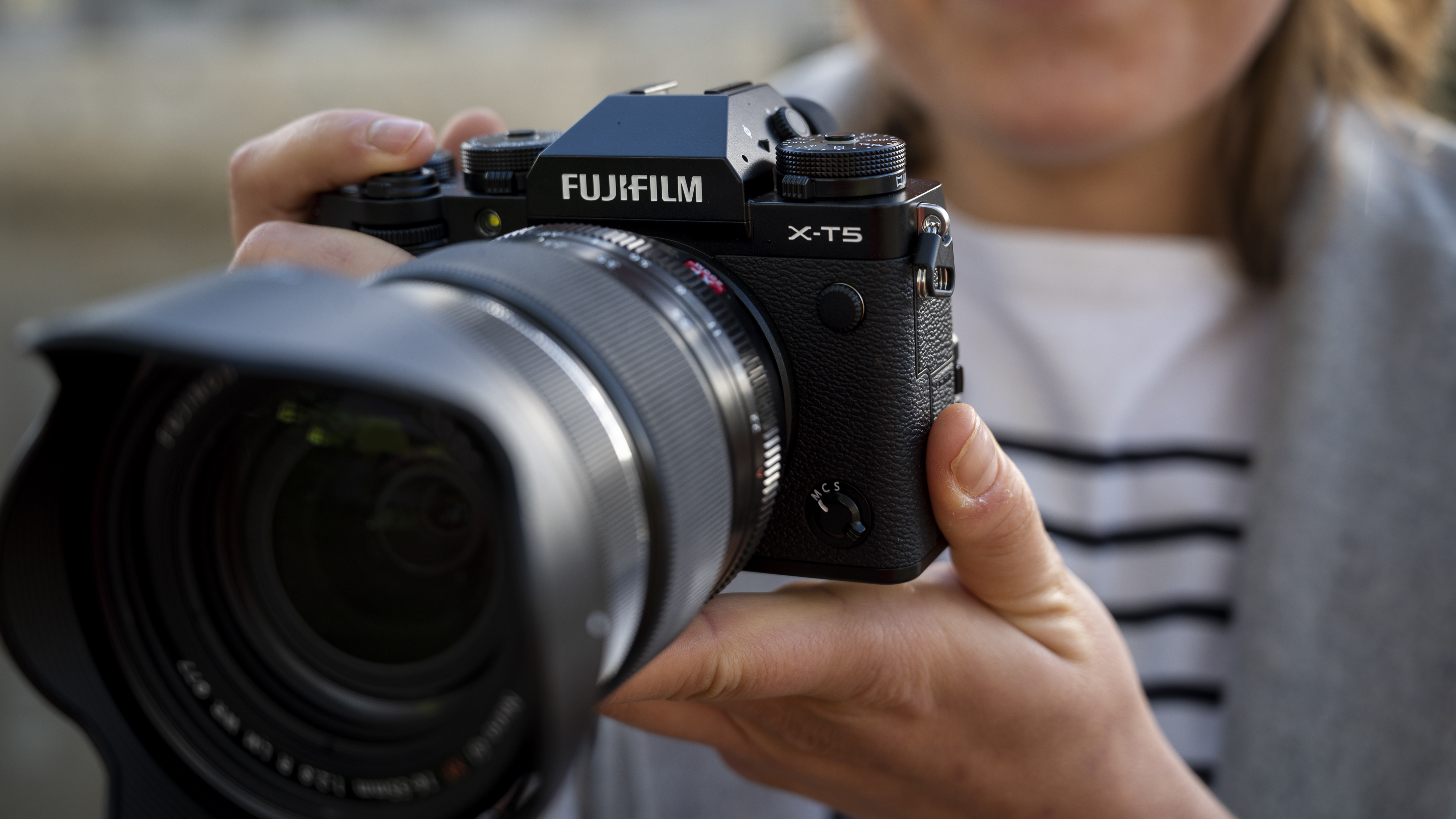
Specifications
Reasons to buy
Reasons to avoid
The Fujifilm X-T5 is a great option for macro photography. It's capable of producing sublime, vivid images with pin-sharp detail even straight out of the camera with its 40MP sensor. It benefits from a fast hybrid autofocus system and 6.5 stops of in-body stabilization which can help deliver really detailed sharp results. Like with the entire X-T range, it has three exposure control dials that nod to SLRs of days gone by and make the user experience really intuitive.
Lens-wise, the X-T5 also gives you access to super-sharp X-mount optics like the Fujinon XF 80mm f/2.8 OIS Macro, a gorgeous telephoto prime that’s ideal for macro shooting, or its smaller non-stabilized sibling the Fujinon XF 30mm f/2.8 R LM WR Macro. Some shooters may miss the latitude of full-frame, but otherwise, this camera delivers simply excellent image quality that’s ideal for sumptuous macro images.
Read our full Fujifilm X-T5 review for more details.
Best beginner macro camera
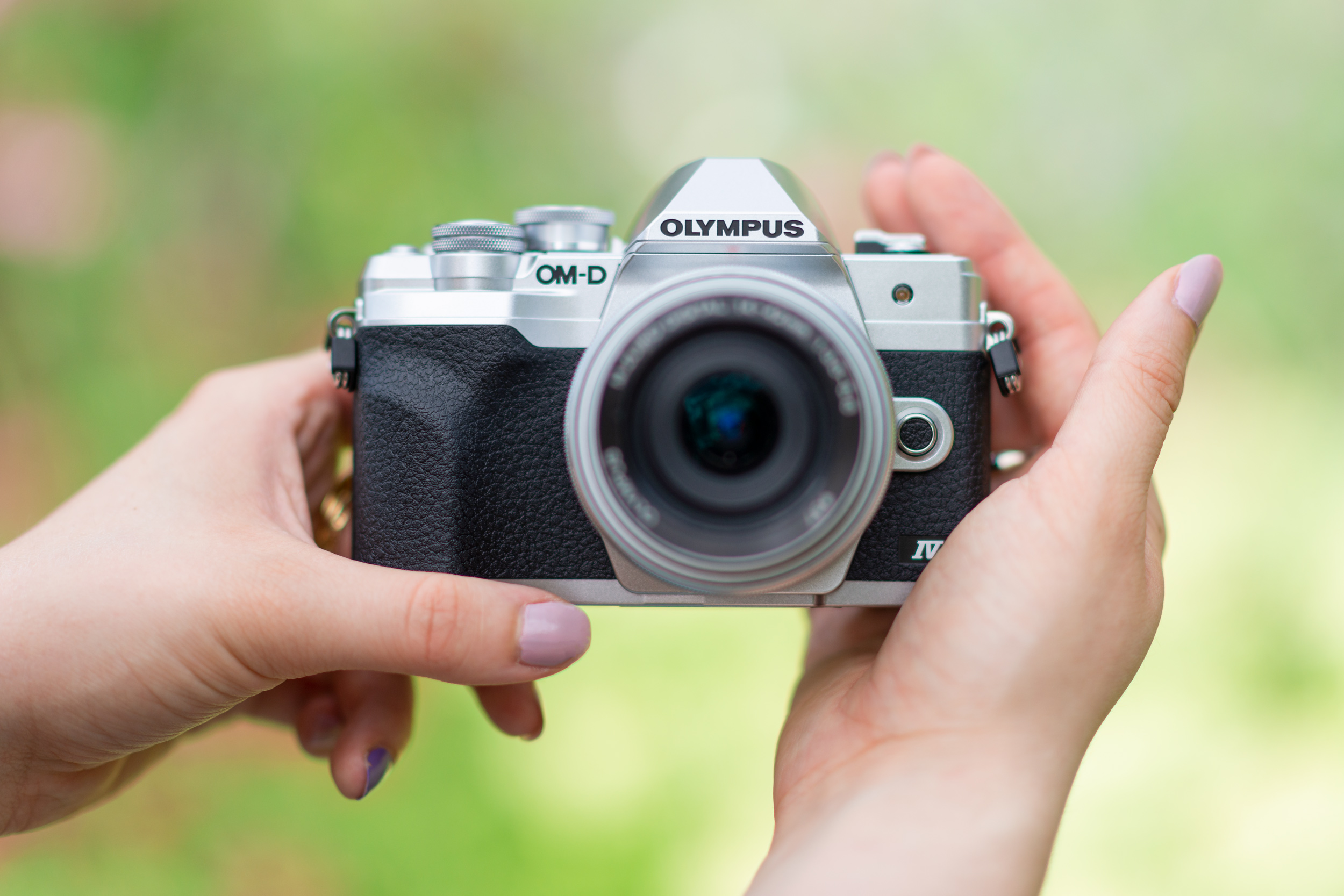
Specifications
Reasons to buy
Reasons to avoid
A beginner-friendly option in the Micro Four Thirds system, the Olympus OM-D E-M10 Mark IV is an affordable and easy-to-use option for novice macro photographers. It uses the same sensor and lens mount as our top choice, the OM System OM-1 Mark II, so once again you get that larger depth of field advantage, as well as an enormous range of affordable and lightweight lenses to make up your macro kitbag.
While it was released back in 2020, the Olympus OM-D E-M10 Mark IV still delivers the goods today at the beginner level. Its 20MP image quality is bright and punchy, its ergonomic control dials make for a satisfyingly tactile shooting experience, and in our lab tests it scored well for dynamic range and for signal-to-noise ratio. If you're looking to get started with macro, this is an outstandingly good buy – and it'll probably remain the best beginner macro camera until OM System gets around to released an upgraed OM-10.
Best professional macro camera
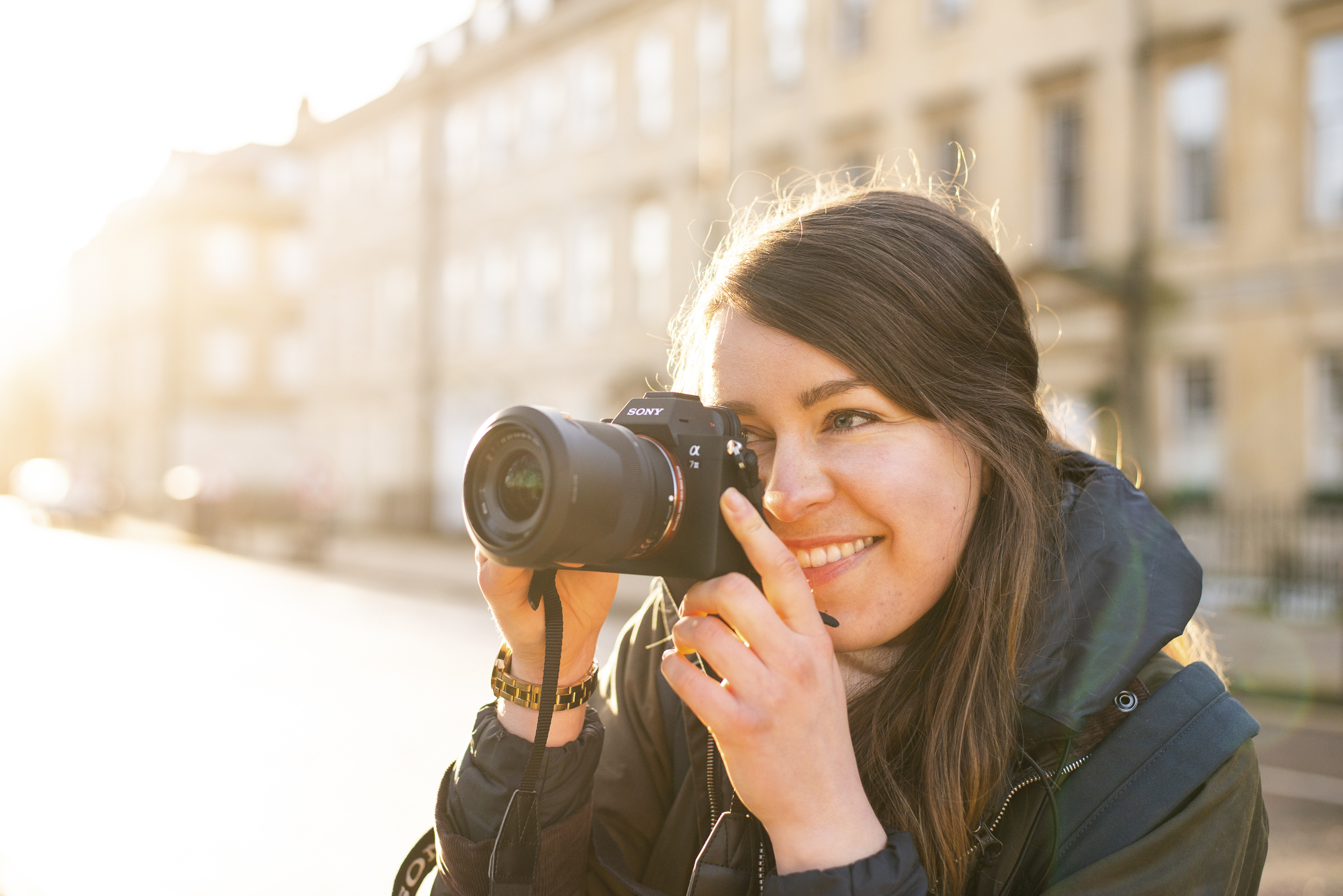
Specifications
Reasons to buy
Reasons to avoid
In Sony’s extensive full-frame mirrorless line-up, the A7 cameras are known for being the all-rounders, good for a bit of everything. While the A7 III isn’t the newest in this series, with a more recent Sony A7 IV having arrived back in 2021, we’re picking it for macro as most of the improvements between models aren’t hugely relevant to this type of photography, and time has been kind to its price tag. The A7 III is still a superb full-frame mirrorless camera, with 24.2MP of resolution and one of the most sophisticated autofocus systems around.
The Sony FE lens selection is great, with loads of macro options, and the A7’s 5-axis image stabilization system makes it super-easy to get pin-sharp shots when using it hand-held. One of our favorite Sony-fit macro options is the Sigma 105mm f/2.8 DG DN MACRO Art. While the A7 is definitely on the more expensive end of the scale, the arrival of its successor means it’s going to get cheaper as time goes on, and it is an absolutely fantastic camera in its own right. If you absolutely need 33MP for printing purposes, get the more recent Sony A7 IV, but otherwise we’d recommend this one.
Best waterproof macro camera
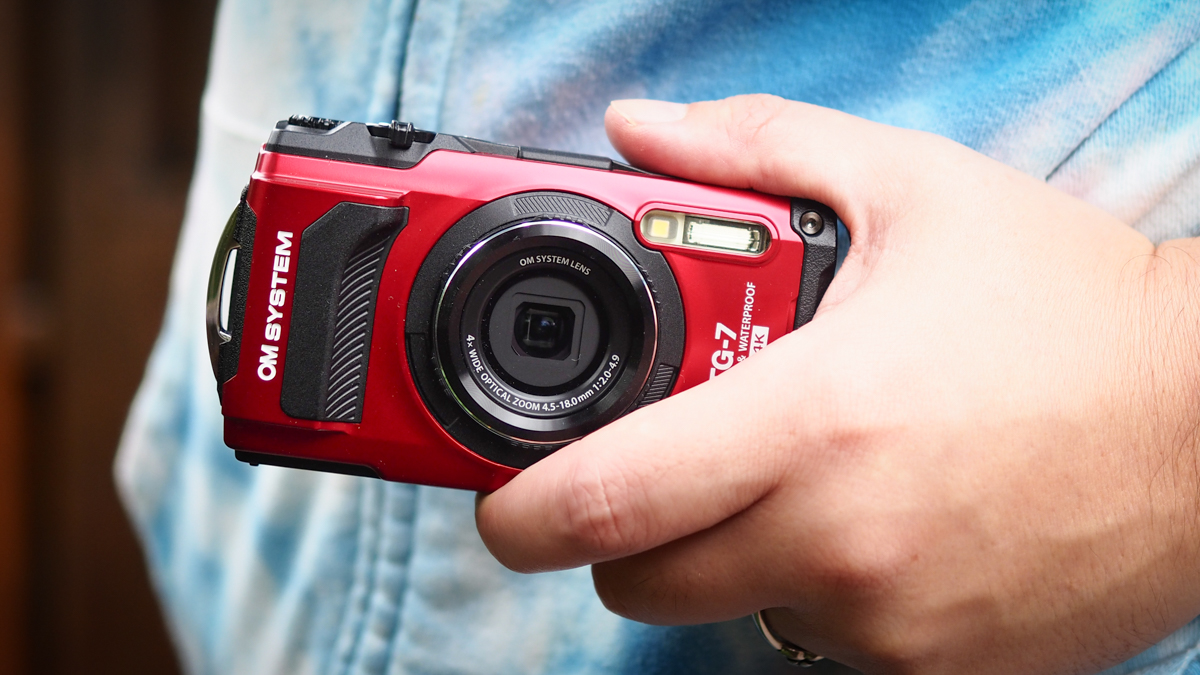
Specifications
Reasons to buy
Reasons to avoid
Tough by name and nature, the OM System Tough TG-7 is a waterproof compact that's ideal for holidays, snorkelling and underwater adventures. While tough compacts are less common than they were, the TG series is still going strong, and has often been regarded as being the best of the bunch. Pairing an optical zoom lens with a number of user-friendly shooting modes, these cameras strike a great balance between quality and ease of use.
One of the reasons for this is the number of dedicated macro modes. The 25-100mm equivalent lens can focus at distances as close as 10mm, with effective 4x optical magnification. This allows you to capture underwater macro images – something no other camera on this list can do, at least not without an expensive housing. So while you don't get the same kind of resolution or dynamic range as you would from the other cameras on this list, as the TG-7 is rocking a smaller 1/2.3-inch sensor with a resolution of 12MP, you do get a genuinely unique proposition.
Best smartphone for macro
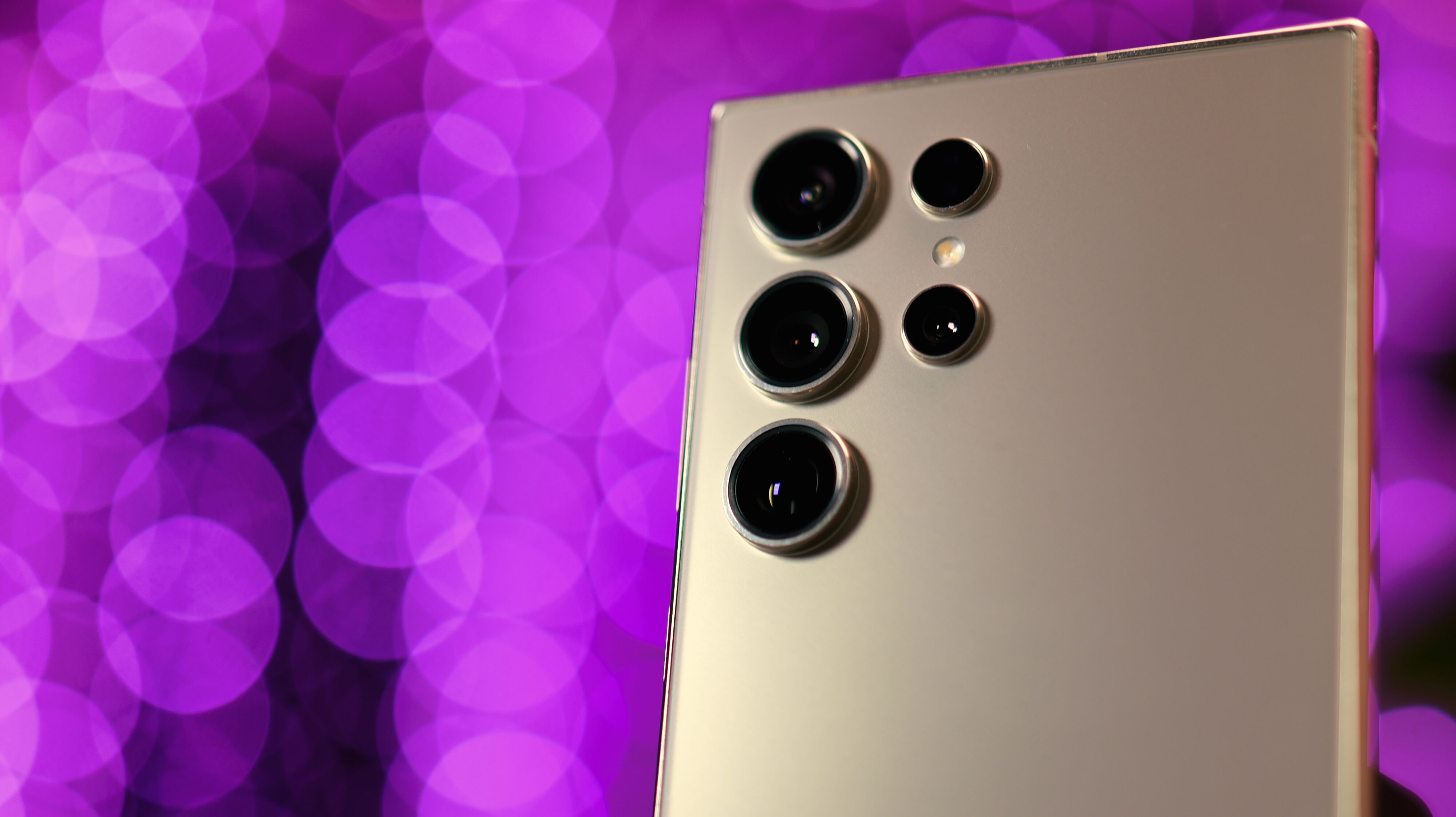
Specifications
Reasons to buy
Reasons to avoid
While smartphones won't measure up to proper cameras in terms of their macro capabilities, they do have several advantages of their own. For one, you're always going to have your phone with you – and if your phone is a decent macro shooter, then you're always going to be prepared when an unexpected macro subject presents itself.
Our pick is the Samsung Galaxy S24 Ultra – though if you must have Apple, the iPhone 16 Pro Max will also do an excellent job. The S24 Ultra delivers excellent, punchy image quality, with a fairly basic but capable macro mode that kicks in automatically when you push up close to a subject.
It uses its ultra-wide camera module to produce macro photos, meaning you can really fill the frame with your chosen subject, and once the image is in the bag, you can fine-tune it and make it pop with Samsung's AI-powered editing tools. The display is also gorgeous, and the slick user interface makes the S24 Ultra a pleasureable phone to use and shoot with.
How to choose the best camera for macro
When shooting macro, the most important component is the lens, and that’s why we’ve also got a comprehensive guide to the best macro lenses. But cameras are the other important part of the equation, and if you’re looking to shoot macro, it’s best to get the right camera for the job.
So what does a good macro camera need? Well, to be honest, any camera can make a good macro camera; it's the accessories you have that are the most important. That being said, a larger sensor is going to give you better dynamic range and overall image quality, while a Micro Four Thirds sensor gives you more depth of field when compared to an equivalent focal length. Maximising your depth of field is very important in macro shooting, which gives MFT a bit of an edge.
It's very common for macro photographers to stack multiple images together with different planes of focus to create a final image; this can be done in post, but lots of Micro Four Thirds cameras come with this as a built-in feature.
If the camera is an interchangeable-lens model, then it’s also important that there’s a good selection of macro lenses available. You can take macro shots on compact cameras and camera phones but you'll need a close focusing distance, a dedicated macro mode or a macro phone lens which you can screw onto the front of your phone and utilise your phone's main camera.
How we test cameras
We test mirrorless and DSLR cameras both in real-world shooting scenarios and in carefully controlled lab conditions. Our lab tests measure resolution, dynamic range and signal to noise ratio. Resolution is measured using ISO resolution charts, dynamic range is measured using DxO Analyzer test equipment and DxO Analyzer is also used for noise analysis across the camera's ISO range. We use these real-world testing and lab results to inform our comments in buying guides. For compact cameras and phones, we judge on real world handling and photographic results alone.
{"data-model-name":"Olympus OM-D E-M1,Olympus OM-D E-M1X,Olympus OM-D E-M10 Mark III,Olympus OM-D E-M10 Mark III 14-42mm EZ","data-widget-type":"review","data-product-types":"deals"}
Read more:
5 things to know before buying a macro lens
The best macro lenses
The best extension tubes
How to use extension tubes for low-cost macro photography
Get the Digital Camera World Newsletter
The best camera deals, reviews, product advice, and unmissable photography news, direct to your inbox!
Jon spent years at IPC Media writing features, news, reviews and other photography content for publications such as Amateur Photographer and What Digital Camera in both print and digital form. With his additional experience for outlets like Photomonitor, this makes Jon one of our go-to specialists when it comes to all aspects of photography, from cameras and action cameras to lenses and memory cards, flash diffusers and triggers, batteries and memory cards, selfie sticks and gimbals, and much more besides.
An NCTJ-qualified journalist, he has also contributed to Shortlist, The Skinny, ThreeWeeks Edinburgh, The Guardian, Trusted Reviews, CreativeBLOQ, and probably quite a few others I’ve forgotten.
